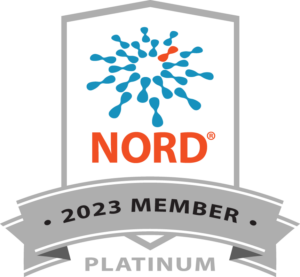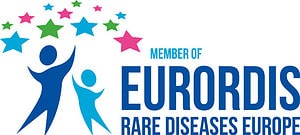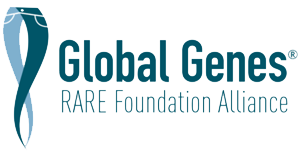General Info for Luft Disease
Overview
Luft disease is a very rare mitochondrial condition with only two reported cases. Mitochondria are the parts of a cell that help turn the energy we get from food into energy that the body can use. They are also important in the communication between body parts and creating other materials the body needs. Mitochondrial conditions can cause a variety of signs and symptoms in many parts of the body, particularly those that use a lot of energy like muscles and the brain. People with Luft disease had changes in the way mitochondria were structured in their skeletal muscles.
Alternative Names
Luft’s disease; Hypermetabolism due to uncoupled mitochondrial oxidative phosphorylation 1; HUMOP1
Genetics
Cause and Genetics
The cause of Luft disease is not known. Luft disease appears to be a type of mitochondrial condition, which can be inherited (passed down in families) in several ways. Neither person with Luft disease had a family history of the condition, or had parents who were closely related by blood (consanguinity). Genetic testing was not available when the two known patients with Luft disease were diagnosed.
Luft disease caused uncoupling of mitochondrial respiration in skeletal muscles. This also caused the structure of mitochondria in the skeletal muscle to change into a zig-zag pattern.
Frequency
Frequency (Global)
Only two cases of Luft disease have been described in the scientific literature.
Affected Biological Gender
Not Applicable
Signs and Symptoms of Luft Disease
The two reported patients with Luft disease had the following signs and symptoms:
- Hypermetabolism (an increase in the amount of energy needed to perform bodily functions)
- Fever
- Heat intolerance
- Extreme sweating
- Extreme hunger (polyphagia) with poor weight gain
- Extreme thirst (polydipsia)
- Abnormal findings on muscle biopsy
- An increased heart rate (tachycardia)
- Rapid breathing (tachypnea)
- Mild muscle weakness
- Increased heart output
- Irregular menstrual cycle
- Loss of hair
- Skin lesions
Diagnosis
Luft disease was diagnosed in the two confirmed cases by careful physical examination, testing on muscle tissue and testing on blood. Genetic testing was not available when the patients were living.
Luft disease is not included on newborn screening panels.
Newborn Screening: Recommended Uniform Screening Panel (RUSP)
No
Treatment of Luft Disease
Treatment and Management
Before beginning any treatment or therapy, please consult with your physician.
There is currently no FDA-approved therapy for Luft disease.
Resources
Connecting with others impacted by a rare disease allows for vital information to be shared about day-to-day life, prevents isolation, and gives hope. Please contact MitoAction for peer support opportunities at 888-MITO-411 or email mito411@mitoaction.org.
Other resources we recommend are:
Download the Luft Disease Fact Sheet (PDF)
MitoAction does not provide medical advice, diagnosis, treatment, or legal advice. It is essential that all those living with or caring for someone with a Mitochondrial or FAOD disease have an emergency protocol letter. These letters, which are written and signed by a doctor, share details about prescribed treatment during crises and in emergency room settings. Always check with your doctor if you or your child has concerns as everyone may present with symptoms differently. Before beginning any treatment or therapy, please consult with your physician.
Sources:
- Molecular pathology of Luft disease and structure and function of mitochondria.
- Luft’s disease. Further biochemical and ultrastructural studies of skeletal muscle in the second case
- Luft Disease – an overview | ScienceDirect Topics
Last Updated: 07/05/2024











